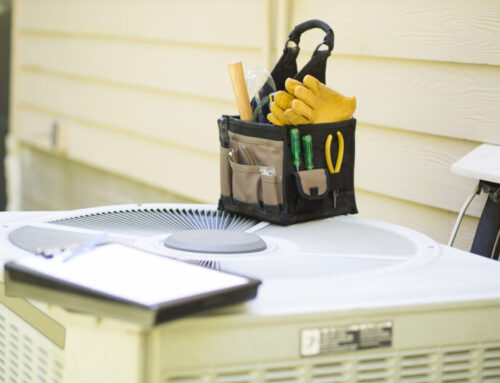With winter well on its way, homeowners who rely on their furnace for heat should take precautionary measures to make sure everything is working as it should.
“You want to take care of your furnace the same way you take care of your car,” says Joseph Giannone, owner of Giannone Plumbing, Heating and Air Conditioning. “It’s an investment, and neglecting proper maintenance and upkeep can lead to very costly repairs. It’s critical to be proactive instead of reactive. Furnaces tend to break down more frequently on the first day below freezing, but preventative maintenance and early attention to developing issues can help lower the chances of an untimely failure.”
Below are Giannone’s top furnace prep tips:
Ensure the furnace flue is clear. Be sure to clear any debris and obstructions from the furnace flue. For gas units, the flue is a pipe that releases the byproducts of combustion, like carbon monoxide. By clearing this, the furnace will vent properly, reducing its workload and safely removing noxious fumes.
Check around windows and doors for air leaks. According to Energy.gov, heating and cooling a home or business equates to approximately 40 percent of total annual utilities costs. Much of that can be wasted if air is escaping from the home. Use a simple match test to check for leaks around windows and doors. If the flame flickers, new weather stripping or caulking may be needed.
Replace the filter. Replacing the filter is recommended every 60 to 90 days. A new filter will reduce the workload on the furnace, making it more cost effective during the peak season. If pets are kept in the home, replace the filter every 30 days to remove excess hair and dander.
Inspect the ductwork. Air escaping from ducts is another cause for inefficient heating and unnecessary strain on the system. Look for obvious tears, damaged joints or duct tape. Another match test performed near the ducts can help find potential leaks. Fix them if possible or contact a service professional for duct inspection and cleaning.
Schedule an annual tune-up. Tune-ups increase the performance of furnaces, and they can also help identify potential issues developing with the unit. The enhanced efficiency and identification of any serious problems will result in lower monthly heating bills, and avoiding major repair expenses during the coldest days of winter. Documented proof of regular, annual maintenance may also be required by the furnace’s manufacturer for the warranty to remain in effect.
“A lot of basic maintenance is quick and simple, like ensuring your thermostat has fresh batteries for the season,” says Giannone. “Taking some easy DIY action now and scheduling a tune-up sooner than later are the two best steps homeowners can take to ensure they’ll have heat throughout the fall and winter.”
Source: www.CallJG.com.














